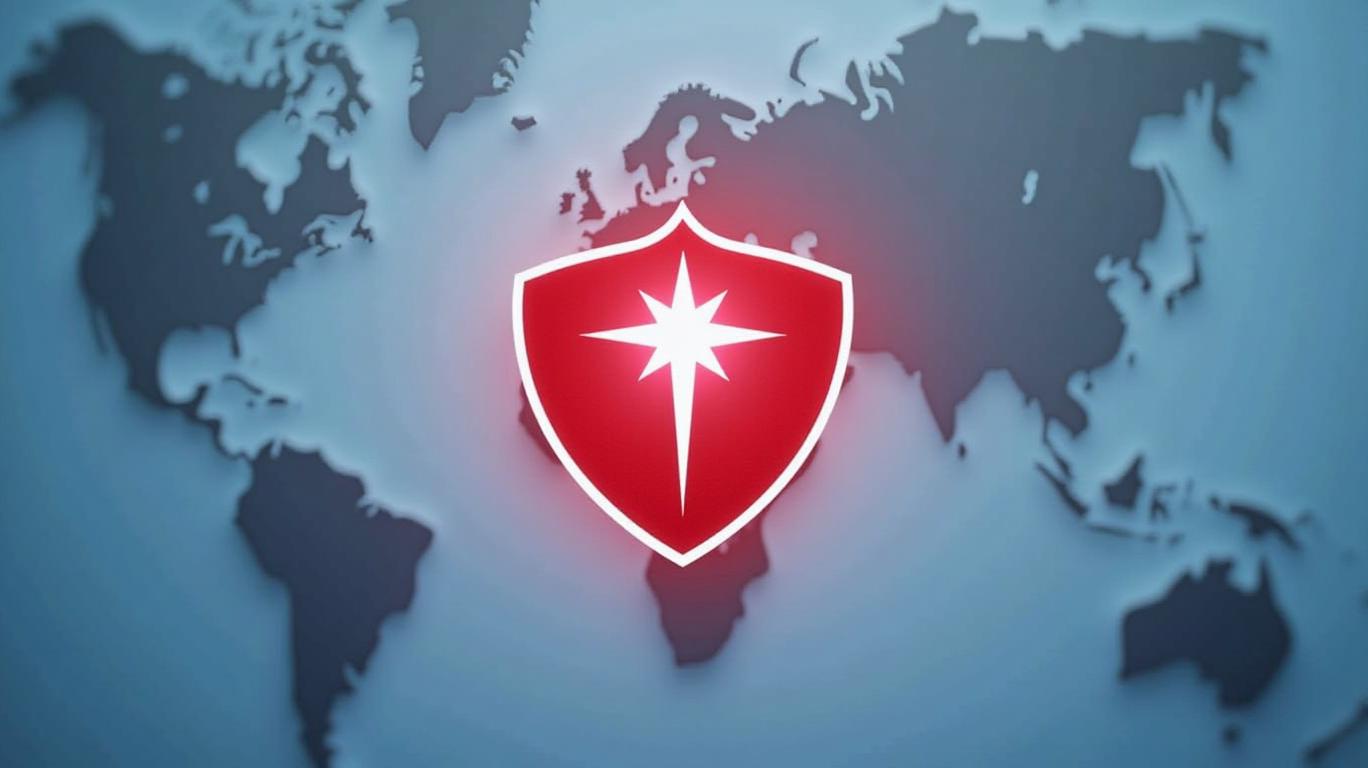Cardinal Health Navigates Tariff Headwinds Toward Double-Digit Growth in 2026
Cardinal Health (CAH) has reaffirmed its ambition to achieve double-digit non-GAAP diluted EPS growth in fiscal 2026, despite facing a potential $300 million tariff-related headwind. This projection underscores the company’s confidence in its strategic pivots and operational resilience, even as it confronts macroeconomic uncertainties.

Tariff Challenges and Strategic Adjustments
The $300 million tariff impact, highlighted in its May 2025 earnings release, stems from escalating global trade tensions. These costs are projected to weigh on margins, particularly in its Global Medical Products and Distribution (GMPD) segment. To offset this, Cardinal has recalibrated its GMPD outlook, now targeting “at least consistent” segment profit with fiscal 2025 levels—a marked shift from earlier growth aspirations.
The company’s focus has shifted toward high-margin segments, such as Pharmaceutical and Specialty Solutions, which benefits from its expanding footprint in brand/specialty pharmaceuticals and recent acquisitions like Advanced Diabetes Supply Group (ADSG). Additionally, the “Other” segments—at-Home Solutions, Nuclear and Precision Health Solutions, and OptiFreight Logistics—are emerging as key growth engines. OptiFreight, for instance, has leveraged its logistics network to deliver outsized contributions to fiscal 2025 results.
Operational Leverage and Financial Momentum
Cardinal’s third-quarter 2025 results provided a glimpse into its ability to navigate these challenges. Non-GAAP diluted EPS rose 13% year-over-year to $2.35, driven by cost optimization in GMPD (a 77% segment profit jump) and strong performances in its strategic segments. This success has bolstered full-year guidance to $8.05–$8.15 per share, up from an earlier $7.85–$8.00.
Risks and Mitigation Strategies
While Cardinal’s diversified portfolio offers a buffer against tariffs, risks remain. Geopolitical instability, supply chain disruptions, and inflation could amplify tariff-related costs or slow demand. To counter these, the company is doubling down on acquisitions (e.g., GI Alliance’s urology expansion) and cost-cutting initiatives. For example, GMPD’s recent efficiency gains suggest that operational discipline can offset some tariff impacts.
Conclusion: Growth Amidst Adversity
Cardinal Health’s fiscal 2026 guidance is a testament to its strategic agility. Despite the $300 million tariff hit—a significant drag—the company’s focus on high-growth segments, acquisitions, and cost controls positions it to deliver double-digit EPS growth. Its narrowed full-year guidance range ($8.05–$8.15 vs. prior $7.85–$8.00) reflects improved clarity, while Q3’s 13% EPS growth validates its execution.
Investors should note that while tariffs and macro risks linger, Cardinal’s resilience is evident. The Pharmaceutical and Specialty Solutions segment’s momentum, paired with the “Other” segments’ outperformance, could outpace tariff-driven declines. Historically, CAH has navigated similar challenges—its 2025 EPS growth of ~13% despite inflation and supply chain hurdles is a case in point.
In short, Cardinal Health’s path to double-digit growth in 2026 is far from guaranteed, but its proactive measures and financial discipline make it a compelling play on healthcare distribution’s evolving landscape. The coming quarters will test whether its strategy can fully neutralize tariff impacts—or whether the risks will demand further adjustments. For now, the data suggests cautious optimism.


_442a2dcc1749832873286.jpeg)
_e68fac6d1749831664430.jpeg)






